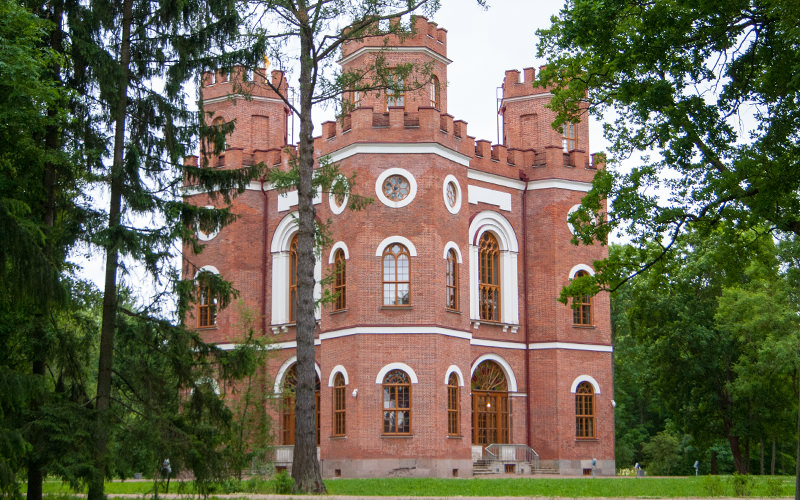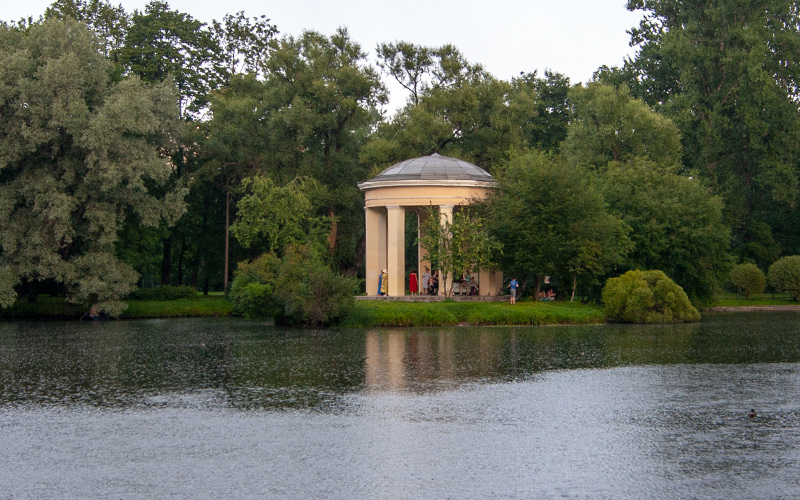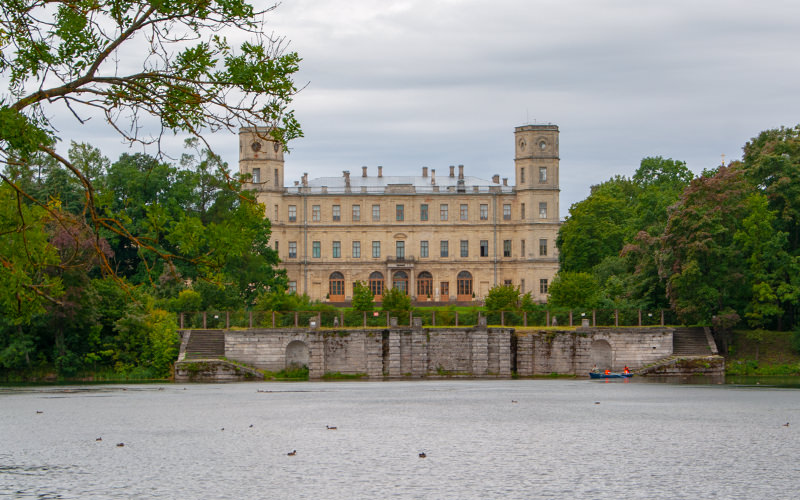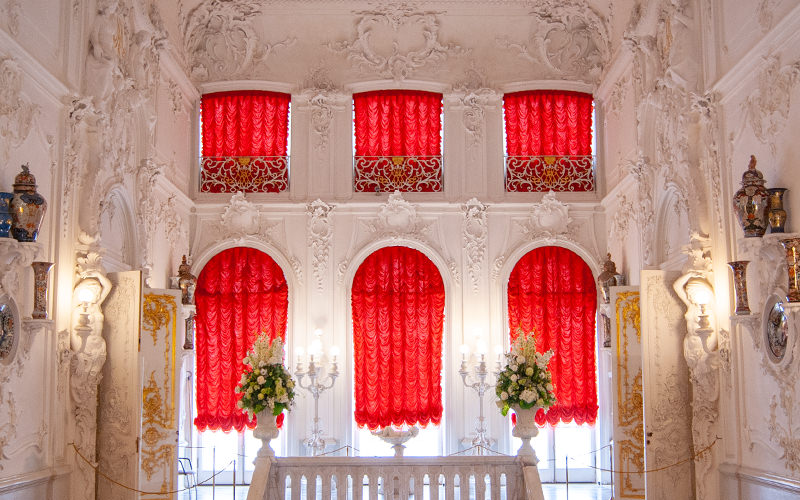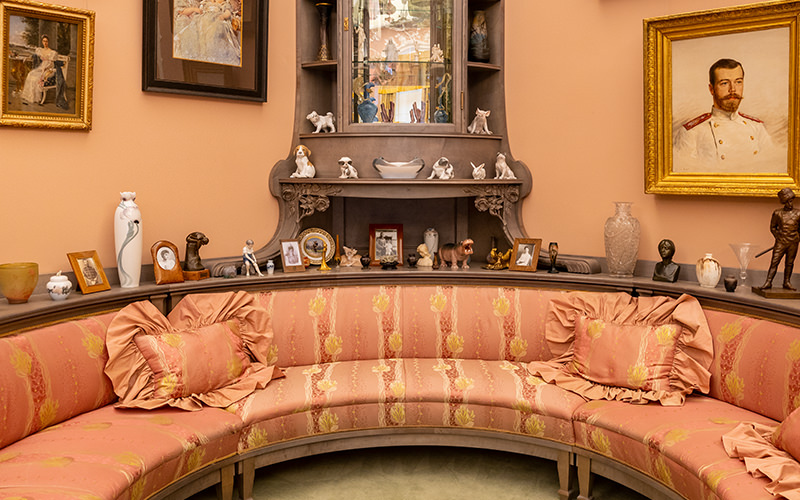Near St. Petersburg, there are many remarkably beautiful historical sites. One of them is Catherine Park in Tsarskoye Selo.
Tsarskoye Selo owes its name to an old Swedish estate called Saar's Manor that existed here over 300 years ago. Over time, the name evolved into "Saar's Village" and later "Tsarskoye Selo." Catherine Park is named after the Catherine Palace located within it.
In 1710, Peter I gifted Saar's Manor to Marta Skavronskaya, who later became his wife under the name Catherine Alekseyevna. Work on building the palace began in 1718, with Johann Braunstein chosen as the architect. At the same time, Dutch craftsmen Ya. Roosen and I. Focht worked on planning and laying out the garden.
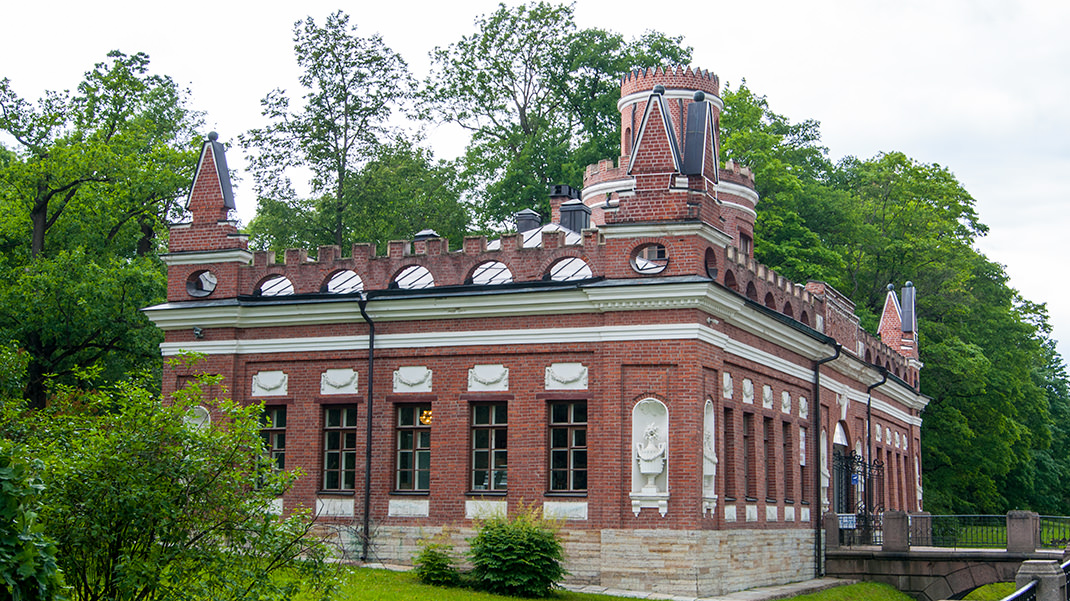
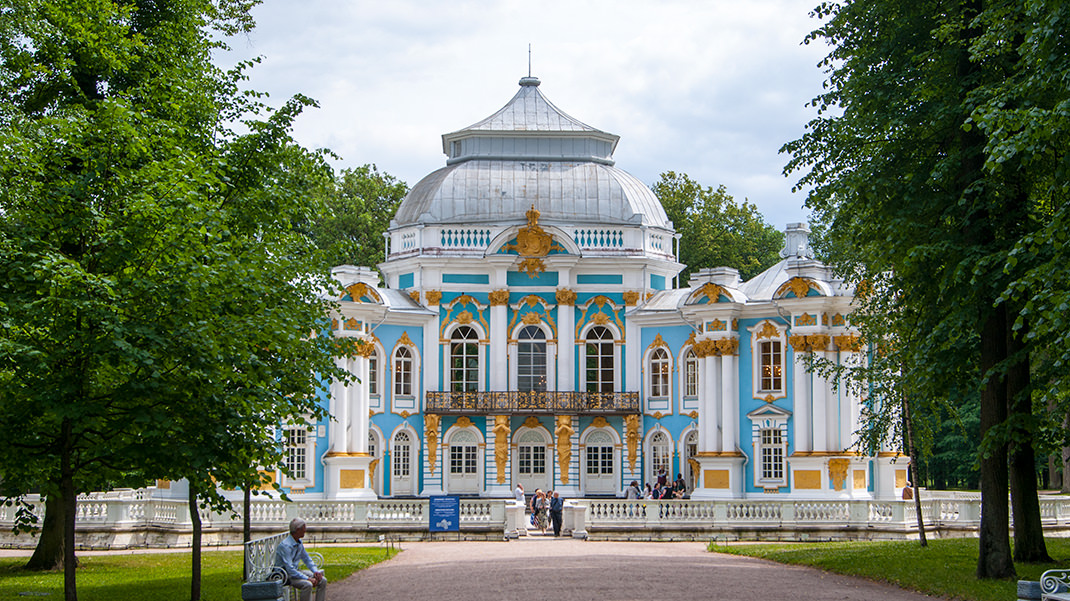
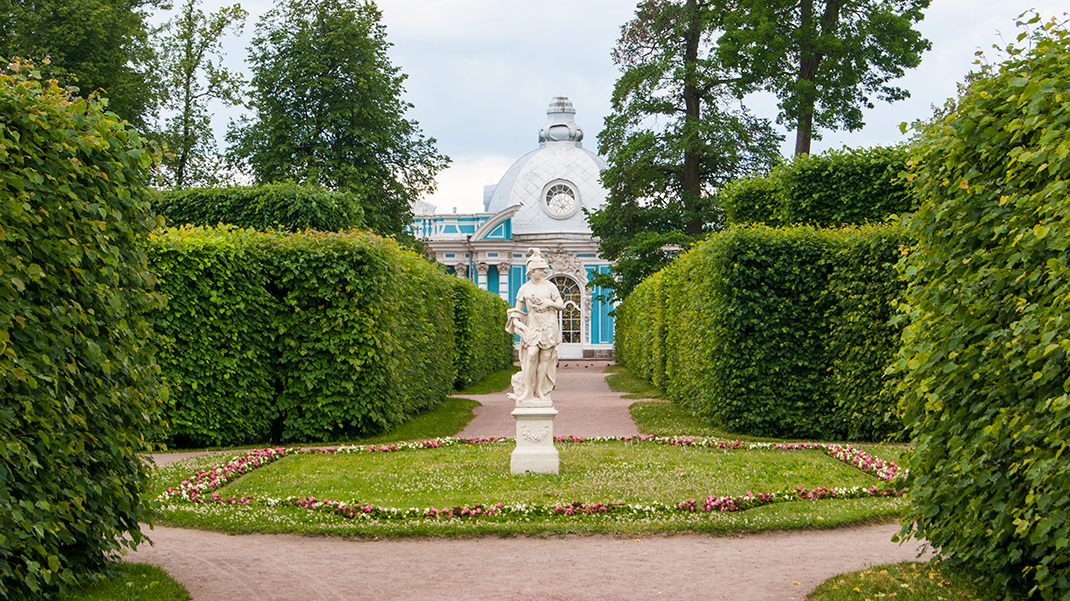
With the accession of Elizabeth Petrovna, Tsarskoye Selo became an official imperial residence. The original palace was a small stone building, which underwent reconstruction after 1740. However, just 10 years later, the palace seemed insufficiently grand to the empress, and under the guidance of F. B. Rastrelli, it was rebuilt once more, taking on the familiar exteriors. Rastrelli also worked on the planning of the surrounding park. During this time, the "Hermitage," "Grotto," and "Hall on the Island" pavilions were added, and the Amber Room was relocated from the Winter Palace.
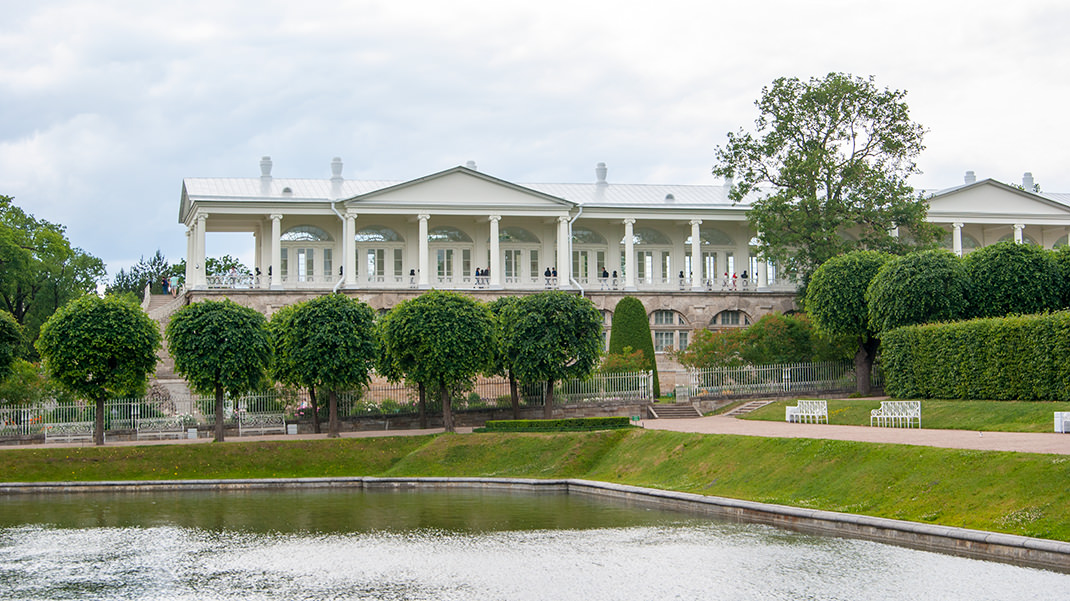
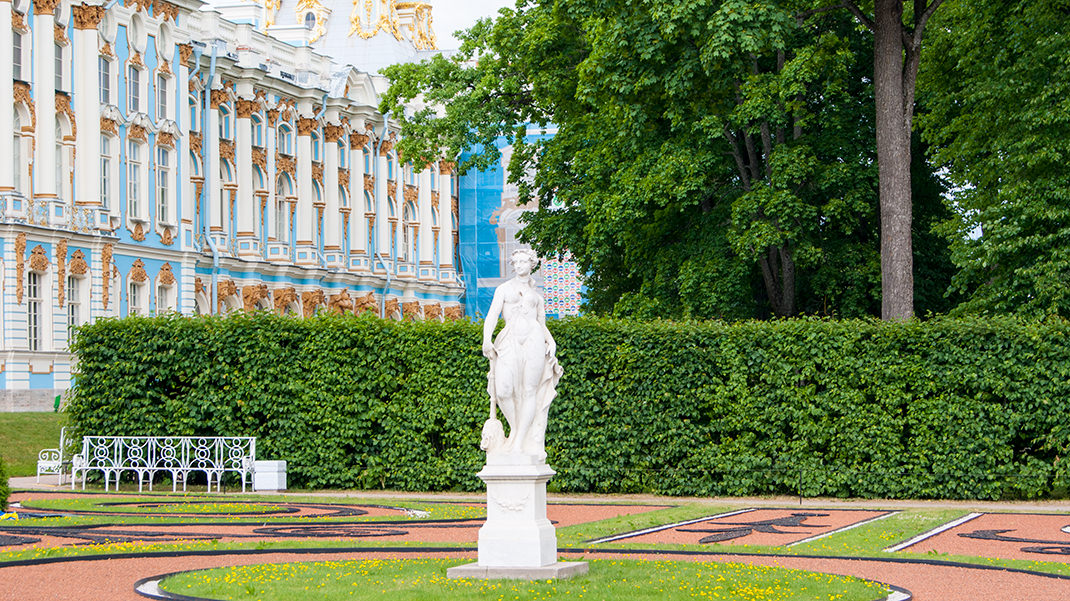
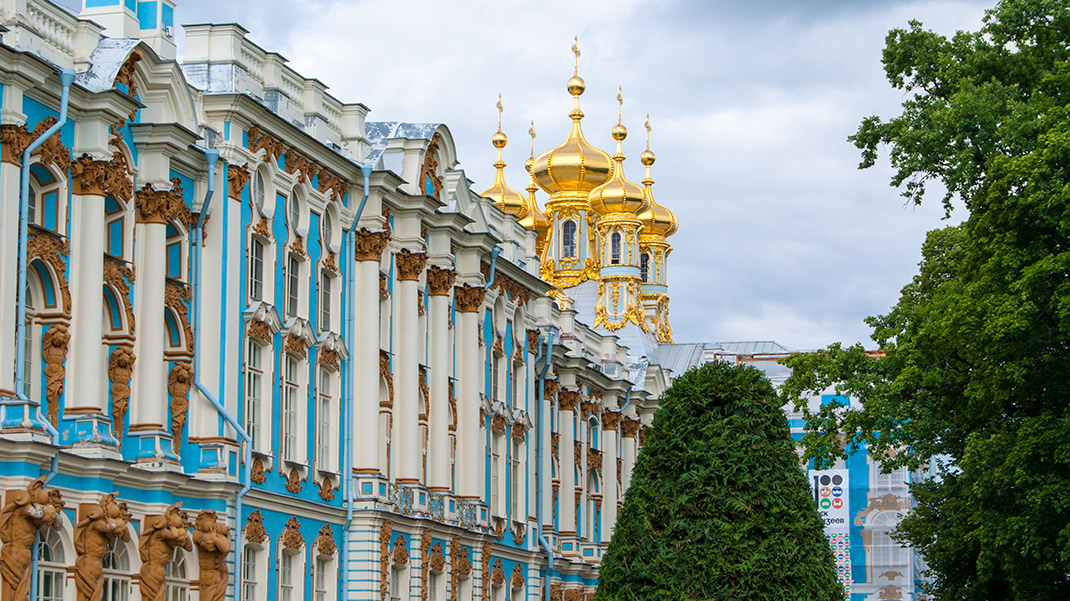
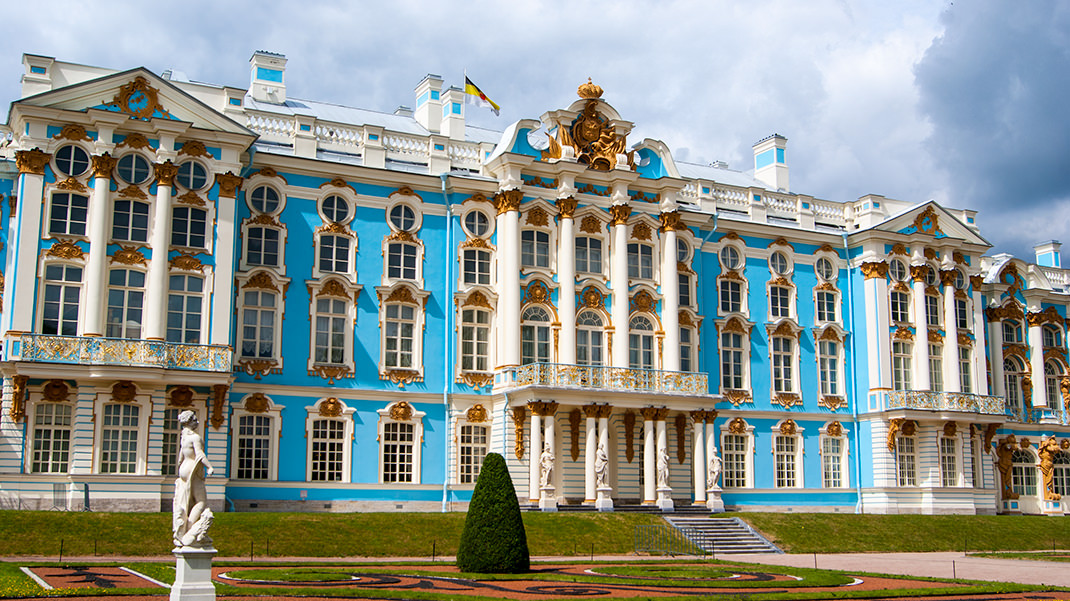
Over time, the park was expanded and adorned with various sculptures and garden elements. The Kagul Obelisk and Chesme Column were erected in honor of Russian army victories, the Ruined Tower was built, several architecturally diverse gates were constructed, and new ponds were created.
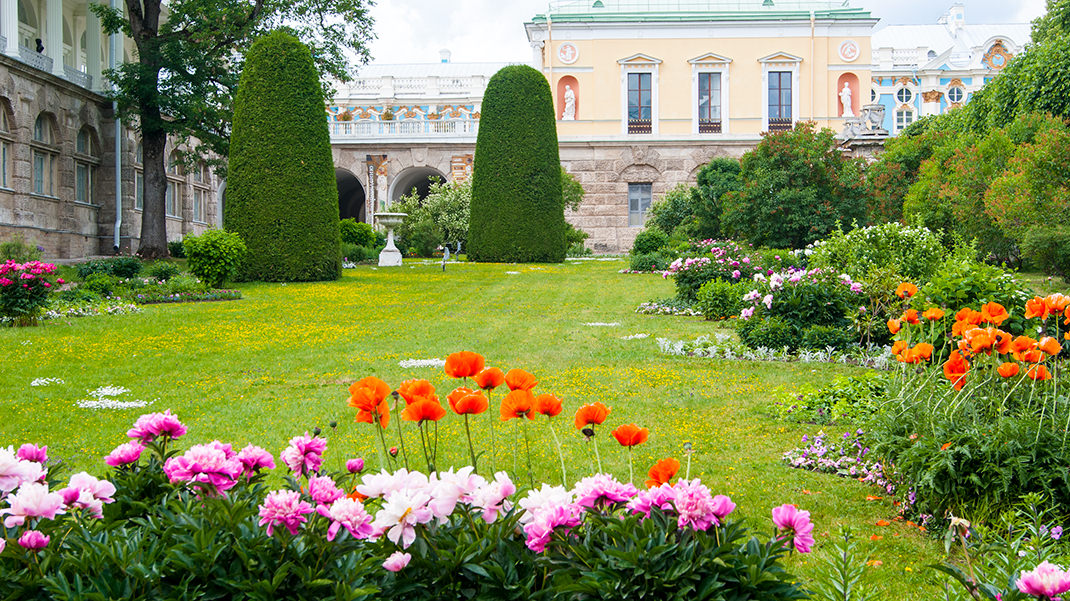
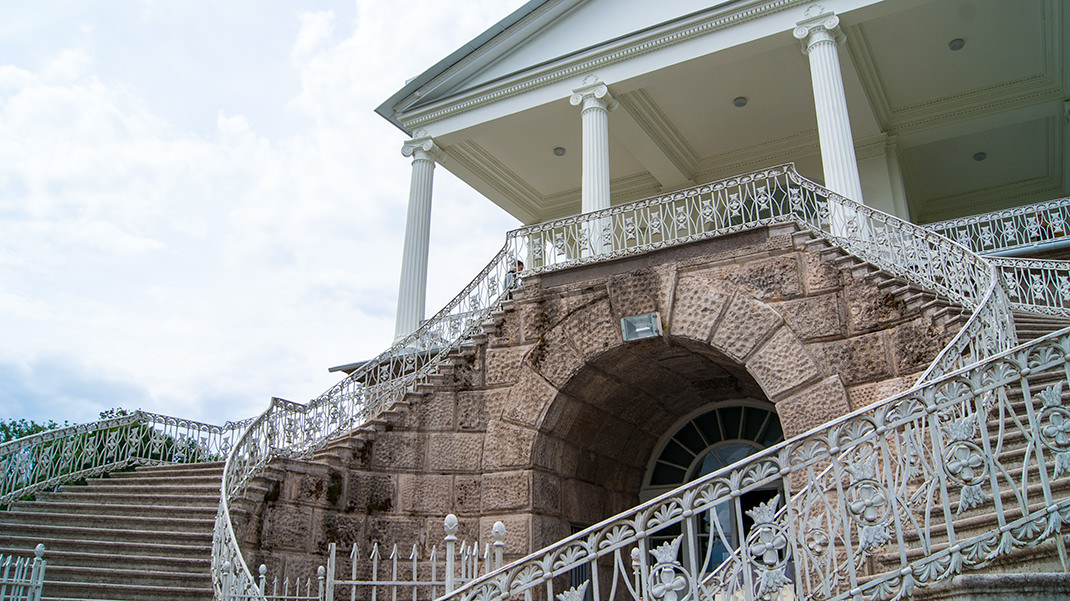
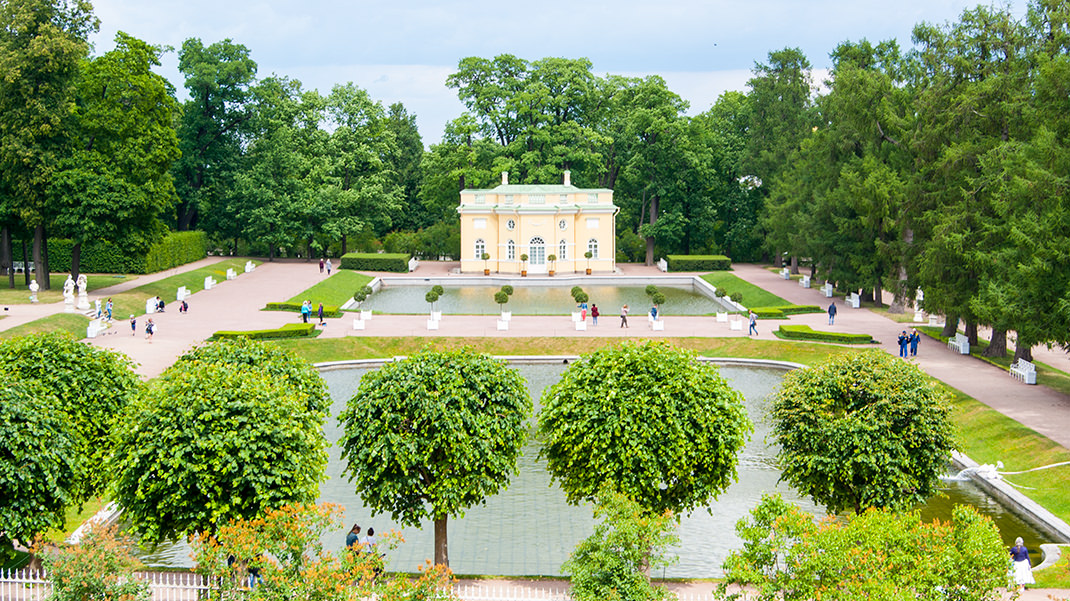
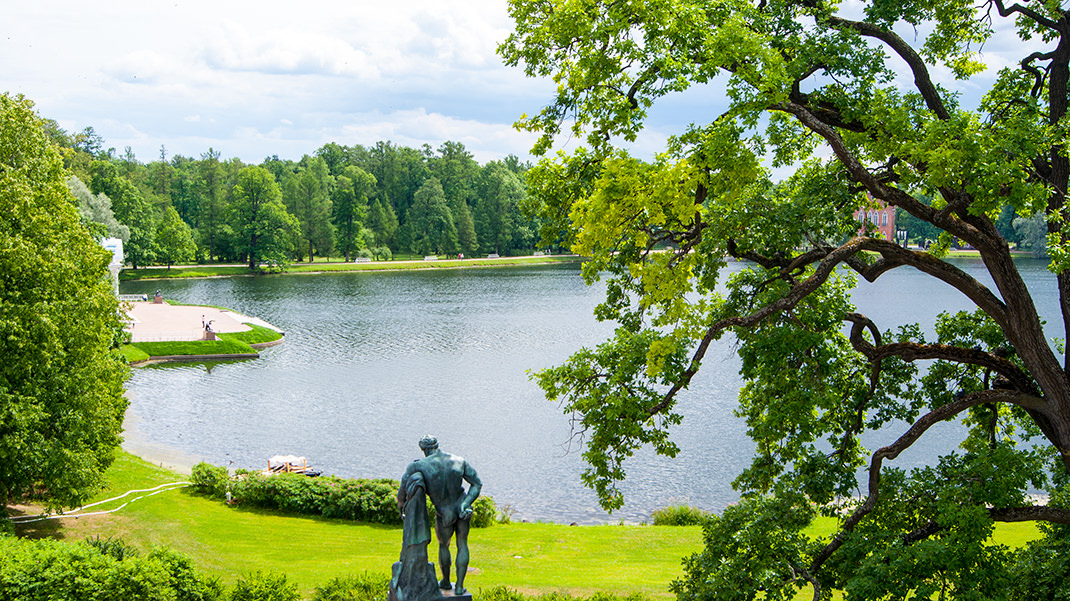
During the Soviet era, the park was opened to visitors as a museum and was highly popular among tourists. During World War II, most of the buildings suffered from German attacks. The Catherine Palace was reduced to ruins, and many artworks, including the Amber Room, were destroyed or stolen by the Nazis.
Restoration of the museum began during the war, and in 1990, the palace and park were included in the UNESCO World Heritage list.
How to Get There
The museum is located 23 kilometers from the Vitebsk Station, in the city of Pushkin. You can get there by car, bus, or minibus (from the metro stations "Moskovskaya," "Zvezdnaya," "Kupchino" to the "Park" stop) or by electric train.
We chose the most convenient option – the electric train from Vitebsk Station. The cost of the trip was 47 rubles one way (summer 2018). The journey takes about 30 minutes.
From the station in Pushkin to the park, you can take a bus or walk. In our opinion, walking is more interesting – Pushkin is a very beautiful and well-maintained city. The walk takes about 20-30 minutes, depending on your pace.
From May to October, park entry is 150 rubles (summer 2018). At other times, entry is free.
Detailed information can be found on the official website.
What to See
Like most palace and park ensembles, Catherine Park features several different zones – gardens, pavilions, various lawns, and water bodies. The northern and eastern parts of the park are dedicated to the palace and its adjoining garden, while the rest is occupied by pedestrian paths leading to attractions. The western part is covered with a large expanse of coniferous trees and grassy meadows. In the southern and central parts, there is a large pond.
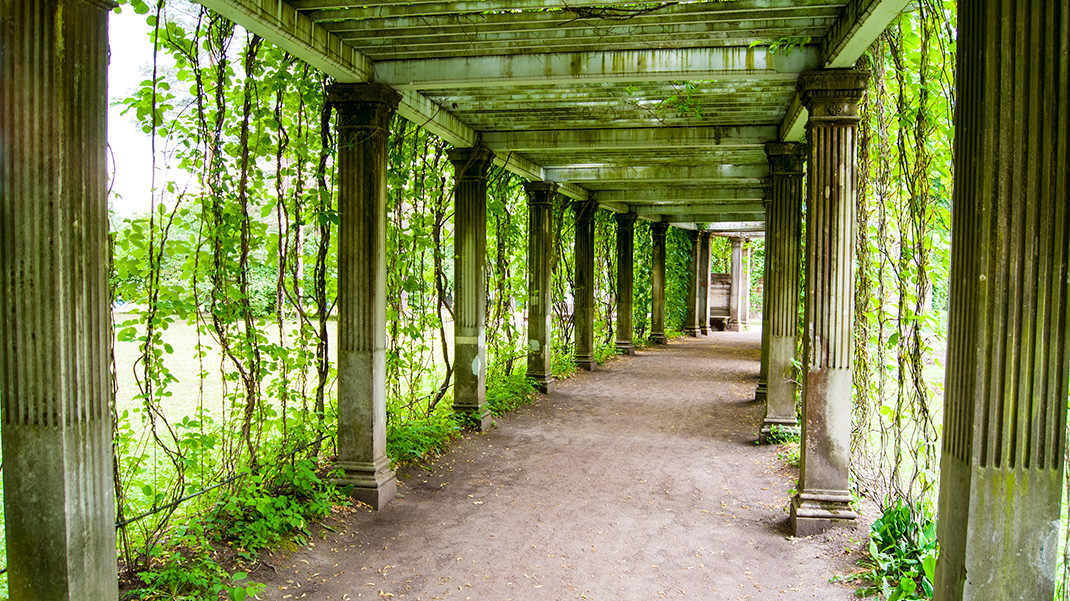
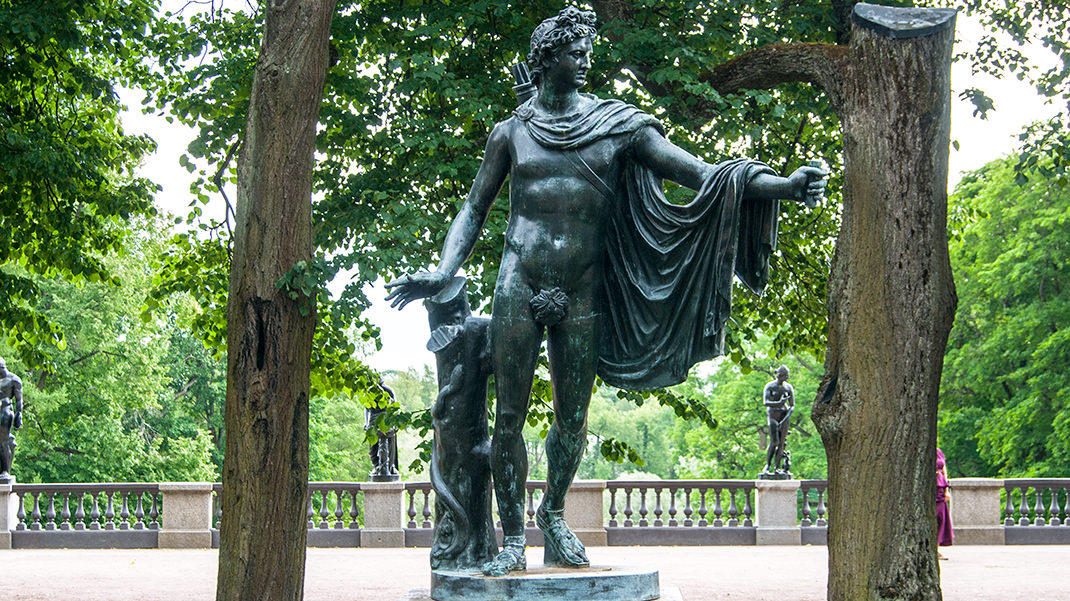
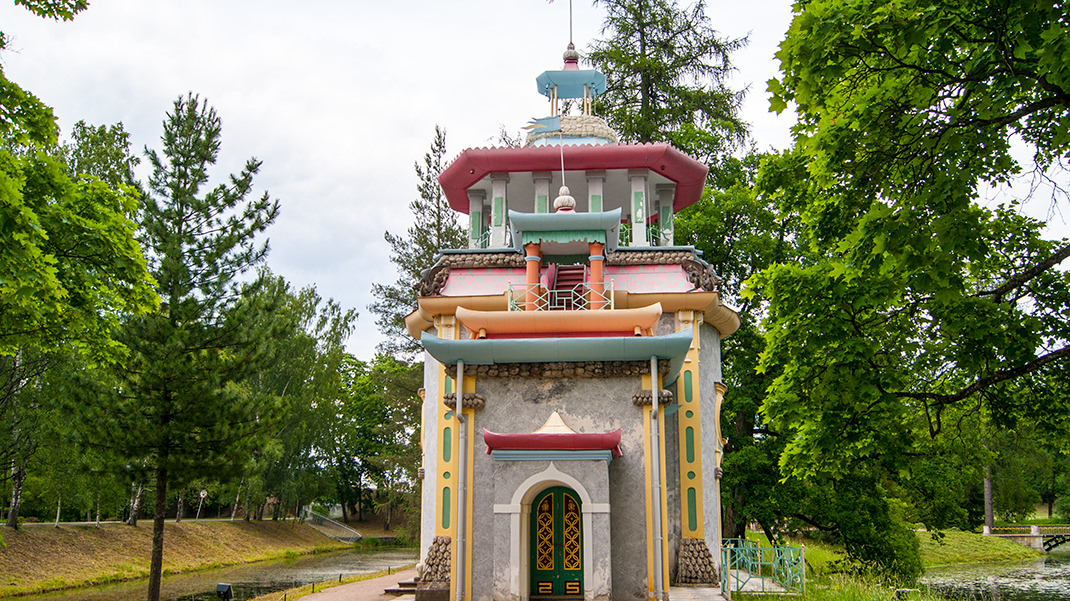
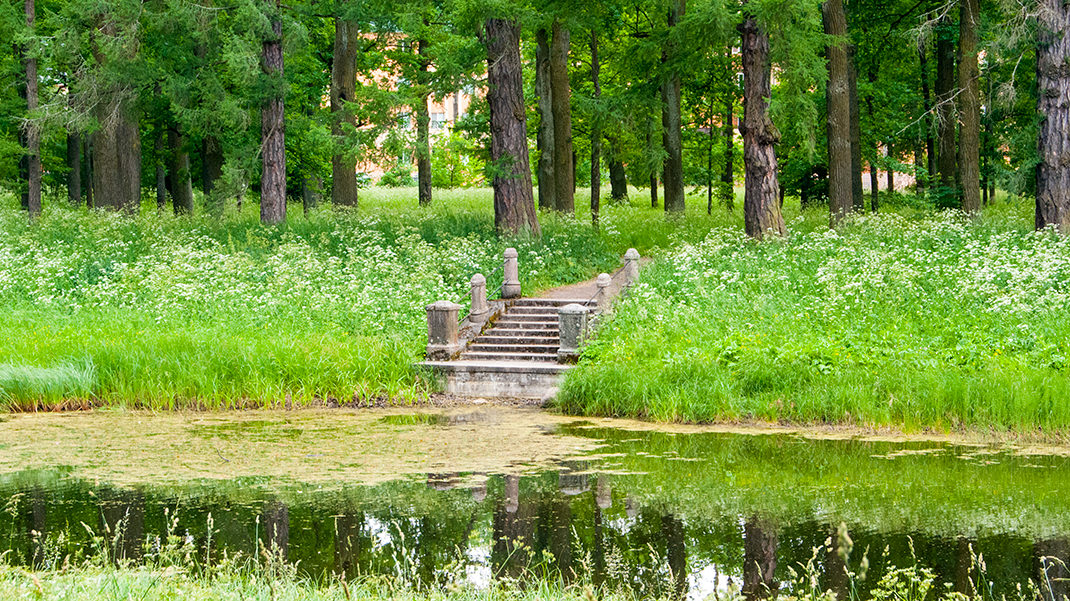
Tickets are required separately for some pavilions, such as the Turkish Bath or the Hermitage. You can take an electric vehicle tour or rent an audio guide to explore the grounds.
Nearby Catherine Park is Alexander Park – if you have time, you can visit both attractions. Additionally, the next electric train station is home to Pavlovsk Park and Palace.
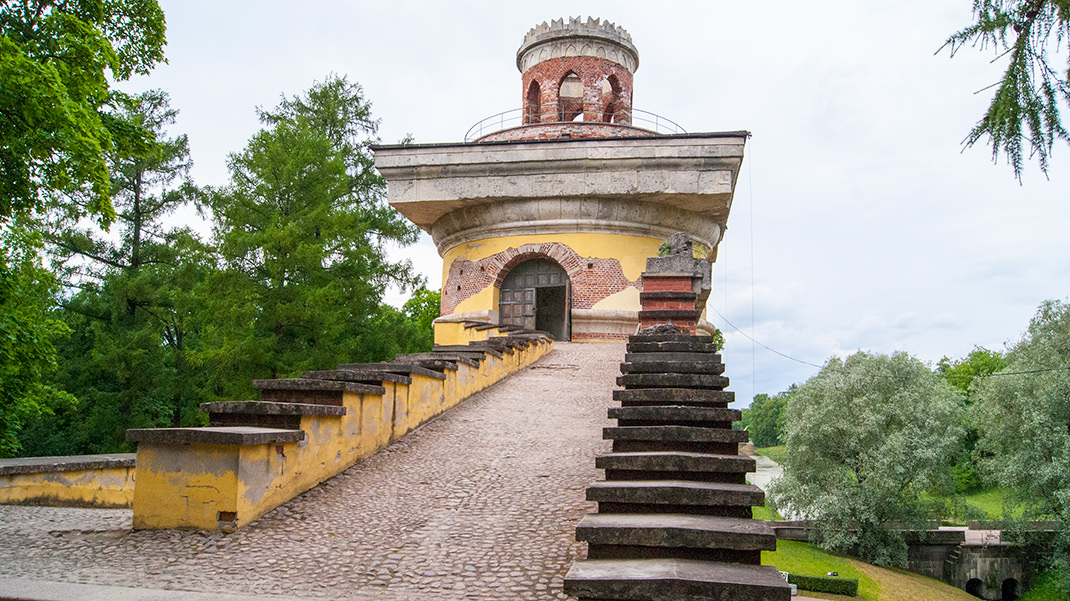
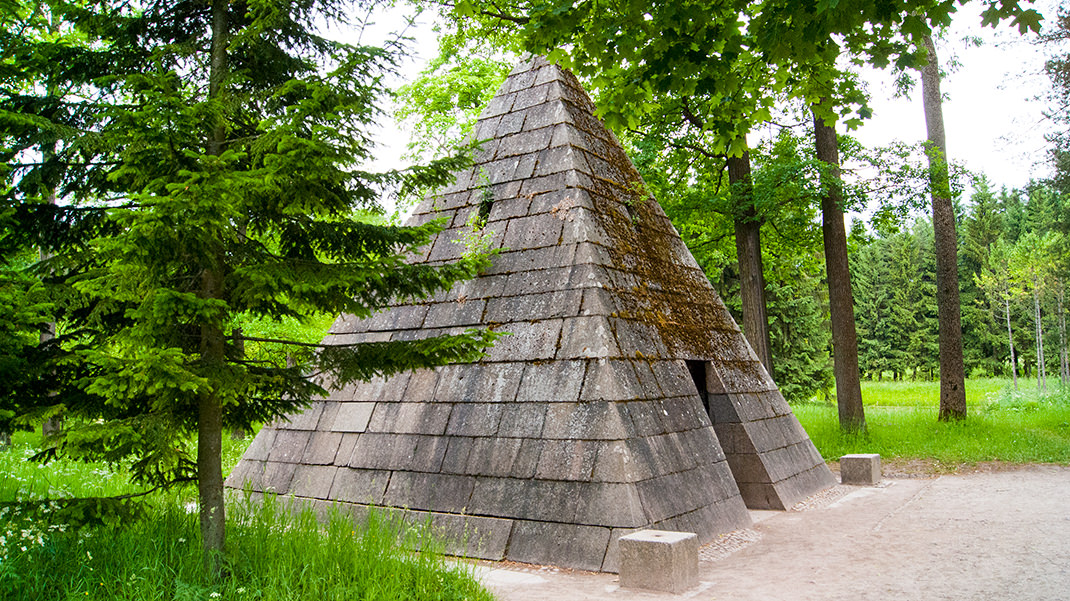
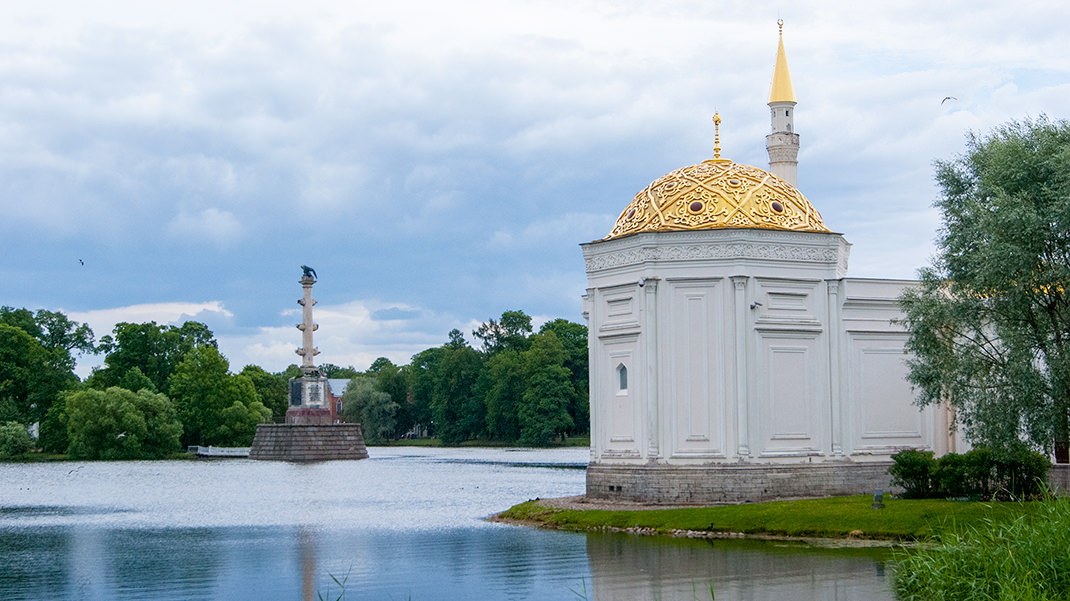
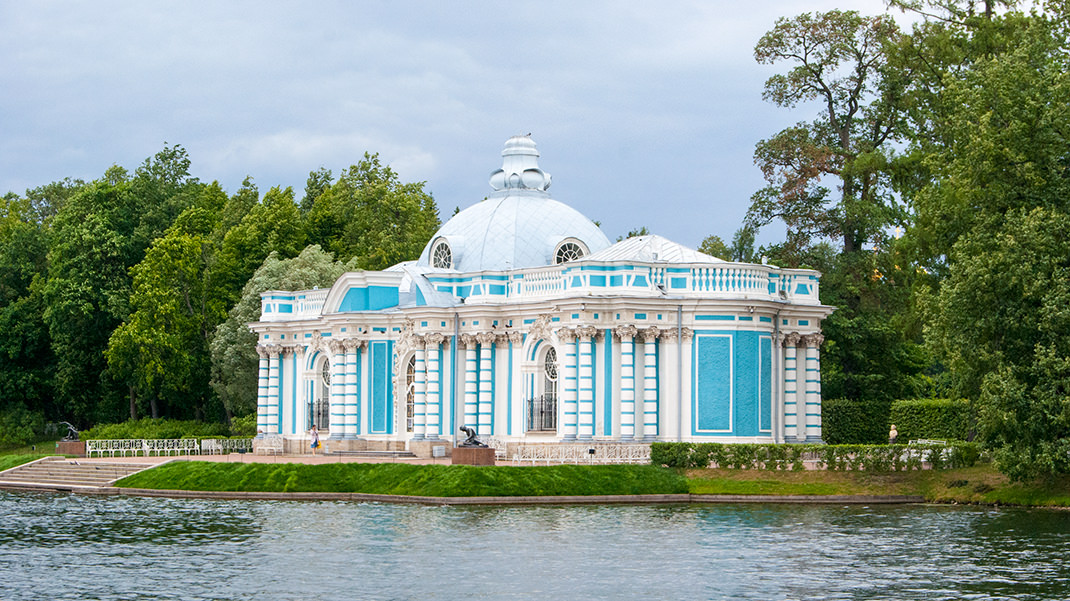
In summary:
- Luxurious palace, well-maintained gardens;
- Great place for a family walk;
- Secluded spots and a forest area for escaping civilization.


